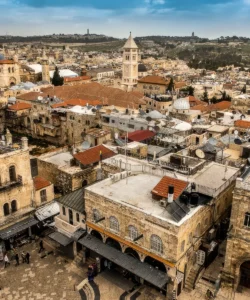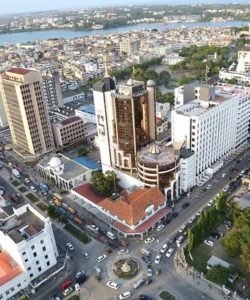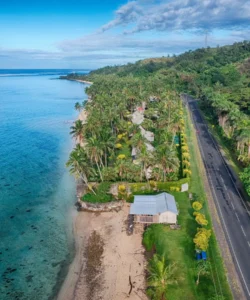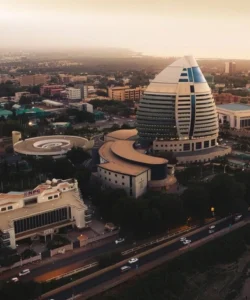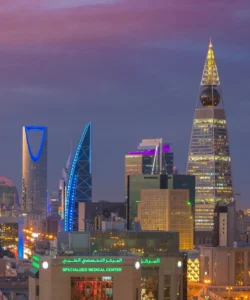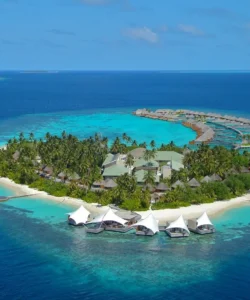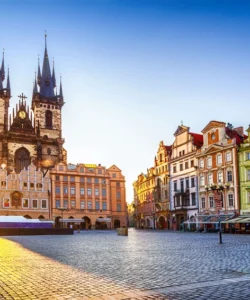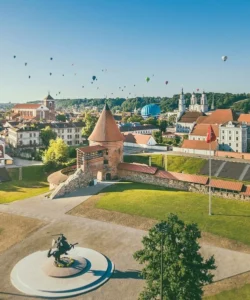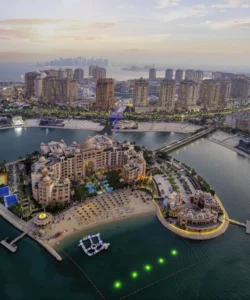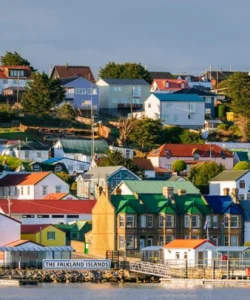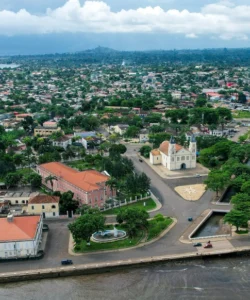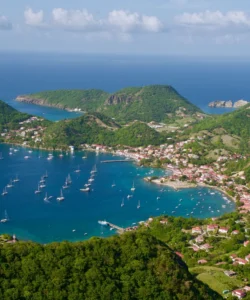Tunisia, a North African country nestled on the Mediterranean coast, offers a captivating blend of ancient history, diverse landscapes, and vibrant culture. Despite its relatively small size, Tunisia has a varied topography. The north is characterized by mountains, including the eastern extension of the Atlas Mountains. Moving south, the terrain transitions into a hot, dry central plain and then to the arid desert of the Sahara in the far south. The eastern coast features the fertile coastal plain of the Sahel, known for its olive cultivation.
![]()
Area and Population:
Tunisia spans an area of approximately 163,610 square kilometers. As of 2025, its population is estimated to be around 12.67 million.
Capital and Major Cities:
The capital city of Tunisia is Tunis, a bustling metropolis that seamlessly fuses the ancient with the modern. Other significant cities include:
- Sousse: Known as the “Pearl of the Sahel,” famous for its medina and beaches.
- Carthage: An ancient city with significant historical ruins, once a powerful rival to Rome.
- Djerba: An island renowned for its white sandy beaches and unique cultural mix.
- Hammamet: A popular resort town with lush vegetation and beautiful beaches.
- Tozeur: A gateway to the Sahara Desert, known for its distinct brick architecture and palm groves.
- Kairouan: Considered the spiritual capital of Tunisia, home to one of the most important mosques in the Islamic world.
Language:
The official language of Tunisia is Modern Standard Arabic. Tunisian Arabic is the spoken dialect. French is also widely used, especially in business and education, reflecting the country’s colonial past.
Currency:
The currency of Tunisia is the Tunisian Dinar (TND).
Religion:
The vast majority of Tunisians (approximately 99%) are Sunni Muslim. There are also small communities of Christians, Jews, Shia Muslims, and Baha’is. While Islam is deeply ingrained in the culture, the 2022 Tunisian Constitution states the country is part of the Islamic world, rather than declaring Islam as the state religion, reflecting a reputation for tolerance.
Attractions and Wonders:
Tunisia boasts a wealth of historical sites, natural wonders, and cultural experiences:
- The Ruins of Carthage: A UNESCO World Heritage Site offering a glimpse into a powerful ancient empire.
- The Medina of Tunis: A chaotic yet charming maze of narrow alleys, souks, and historic buildings, also a UNESCO World Heritage Site.
- Amphitheatre of El Djem: One of the best-preserved Roman amphitheatres in the world, comparable to Rome’s Colosseum.
- Sidi Bou Said: A picturesque village famous for its blue and white houses and stunning views of the Mediterranean.
- The Sahara Desert: Offering mesmerizing landscapes and unique desert experiences, particularly around Tozeur.
- Dougga: Considered North Africa’s best-preserved Roman city, with remarkably intact structures including a theatre and temples.
- Kairouan: Home to the Great Mosque of Kairouan, a significant Islamic architectural masterpiece.
- Djerba Island: Known for its beautiful beaches, traditional markets, and the ancient El Ghriba Synagogue.
- Bardo National Museum (Tunis): Houses one of the world’s most important collections of Roman mosaics.
- Mausoleum of Habib Bourguiba (Monastir): The ornate burial place of Tunisia’s first president.
Architecture:
Tunisian architecture reflects a rich tapestry of influences, primarily Ottoman and traditional Arab-Islamic styles, especially in coastal cities and medinas. There are also notable examples of Roman architecture in the country’s numerous archaeological sites. Modern architecture often blends contemporary design with traditional elements, such as intricate doorways and window frames.
Roads:
Tunisia has an extensive road network of nearly 20,000 km, including over 500 km of highways. While traffic can be unpredictable in some areas, the country’s logistics network, including well-maintained roads and highways, is generally considered high quality.
Hotels and Resorts:
Tunisia offers a wide range of accommodation options, from luxury resorts to boutique hotels and budget-friendly stays. Popular areas for hotels and resorts include Tunis, Hammamet, Sousse, and Djerba. You can find major international chains as well as local establishments. Many resorts offer amenities like spas, thalassotherapy centers, and family-friendly facilities.
Restaurants and Cuisine:
Tunisian cuisine is a delicious blend of Mediterranean, North African, and Middle Eastern influences, with strong ties to French and Italian culinary traditions.
- Couscous: A staple dish, typically served with a rich stew of meat (often lamb or chicken) and vegetables.
- Harissa: A fiery red chili paste, a fundamental condiment used in many dishes.
- Brik: A crispy, thin pastry often filled with an egg, tuna, and sometimes potatoes or cheese, then deep-fried.
- Salad Mechouia: A grilled vegetable salad made with tomatoes, peppers, onions, and garlic, often topped with tuna and a hard-boiled egg.
- Tajine: Not to be confused with the Moroccan stew, Tunisian tajine is more like a frittata or quiche, made with eggs, cheese, and various meats or vegetables.
- Chorba: A flavorful soup, often served during Ramadan.
- Ojja: A spicy scrambled egg dish, typically with merguez sausage, tomatoes, and peppers.
- Seafood: Given its extensive coastline, fresh seafood is abundant, especially in coastal towns.
- Pastries: Sweet pastries and desserts, often flavored with honey, nuts, and rosewater, are popular.

